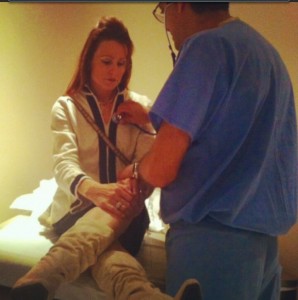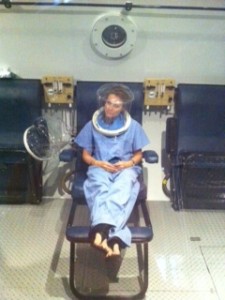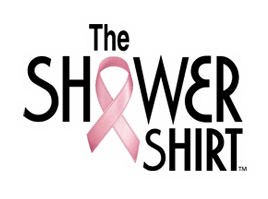 In between my three weeks of sleeping and appointments each morning and evening with the home health nurse, I read an article on hyperbaric medicine, otherwise known as Hyperbaric Oxygen Therapy (HBOT), and how it was advantageous for various forms of wound healing. I forwarded the article to Dr. Z and asked if this might be an option since I had endured two severe staph infections. Based on data in the article, breast surgery patients had sought hyperbaric medicine for comparable infections and the therapy had worked tremendously.
In between my three weeks of sleeping and appointments each morning and evening with the home health nurse, I read an article on hyperbaric medicine, otherwise known as Hyperbaric Oxygen Therapy (HBOT), and how it was advantageous for various forms of wound healing. I forwarded the article to Dr. Z and asked if this might be an option since I had endured two severe staph infections. Based on data in the article, breast surgery patients had sought hyperbaric medicine for comparable infections and the therapy had worked tremendously.
Though in contrast, Dr. Z stated hyperbaric medicine was “gooble-dee-gosh.” Hmmm? ‘Gooble-dee-gosh,’ a term I had actually never heard; though possibly slang he had learned in medical school, so I looked it up. Interestingly enough, Webster’s was not familiar with the verbiage either. 🙂 Since Dr. Z had quickly put the kibosh on my thoughts to have hyperbaric medicine in conjunction with my 24-7 Vancomyacin strategy, I decided to reach out to my friend, Dr. Emran Imami, for help.
Dr. Imami and I worked together over the years when working as a broadcast journalist and had interviewed him for various stories on many clinical topics. I knew he had recently become the Medical Director for a local hyperbaric treatment center so I asked if he thought I might be a candidate for HBOT based on my medical history. In his succinct and caring voice, he said “I believe so.” I quickly met with him, and after reviewing my medical records, he said I would in fact be a good candidate to receive this type of therapy. Ultimately, our hope was to get this infection under control to keep the breast tissue expander intact to ultimately rebuild the problematic left breast. Dr. Imami checking my vitals before HBOT
Dr. Imami checking my vitals before HBOT
For the next four months, my schedule went like this. I was at the hyperbaric treatment center each morning at 7 am. I had my vital signs checked before treatment (ie: blood pressure, pulse, heart rate, temperature), changed into sterile scrubs, and required to take off all jewelry. In addition, I could not take writing utensils into the chamber since ink pens would explode under the pressure. In essence, I sat in the dive chamber with an oxygen helmet which extended below the collarbone with plastic tubing inserted into the side of the helmet, breathing 100% oxygen for three and a half hours each day. Luckily, I figured out a way to torque my body so I could sleep across two chairs on occasion.
 In the ‘dive chamber’ during HBOT
In the ‘dive chamber’ during HBOT
I was in the dive tank from 8 am until 11: 30 am each morning. After treatment, I exited the chamber, changed clothes and required to have another vital sign check to make sure the ‘dive’ didn’t cause abnormal stress to my body. For the first few weeks, I had the post-surgical drains in place, so quite a cumbersome process. I had some of the expected side effects of headaches, sinus issues and fatigue, otherwise my body acclimated to the process quite well. I basically woke up each morning to go to my hyperbaric therapy, slept during treatment, went back home to sleep the entire afternoon. I felt as if I had been literally cut off from the world, or in contrast, maybe I had cut myself off from the world.
For more information on hyperbaric medicine: http://www.mayoclinic.com/health/hyperbaric-oxygen-therapy/my00829
Stay Tuned,
Lisa F. Crites
The Shower Shirt Co., Founder/Inventor
Health/Medical Print Journalist & Guest Columnist
